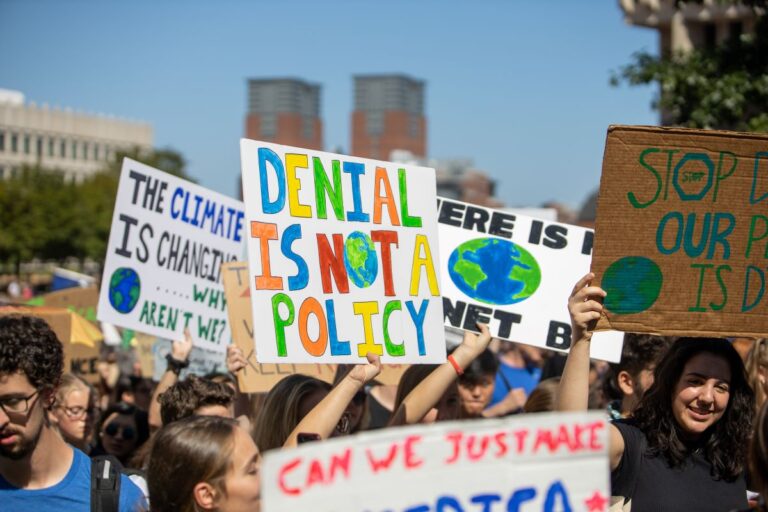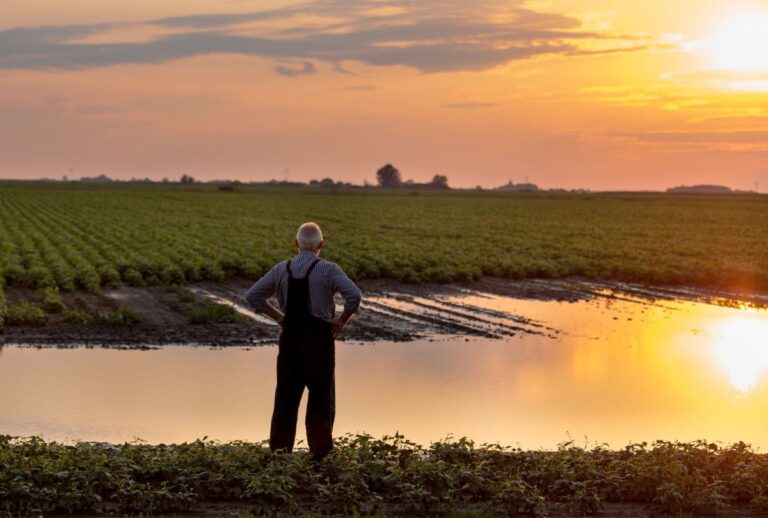The Power Grid Under Siege: How Extreme Weather Puts Us All at Risk
As extreme weather events become more common, their impact on the U.S. energy infrastructure is becoming increasingly apparent. Here’s how these climate-related disruptions are exposing vulnerabilities in our power grid.
Heatwaves and Droughts

Heatwaves increase electricity demand as air conditioning units work overtime. They also reduce the efficiency of power plants and can lower water levels needed for cooling at hydroelectric and nuclear facilities.
Cold Snaps

Severe cold spells can freeze equipment and pipelines, as seen during the Texas freeze of 2021.
This not only disrupts electricity generation but also strains the grid as heating demand soars.
Hurricanes and Floods

Hurricanes and floods can cause widespread damage to power lines and substations. The increasing intensity of these storms due to climate change has made the grid more susceptible to long-lasting outages.
Wildfires

In the Western U.S., wildfires have led to preemptive power shutoffs to prevent sparking new fires.
This practice, while necessary, underscores the grid’s vulnerability to environmental conditions.
Infrastructure Resilience

Our energy infrastructure was not designed with the current climate in mind. Many components are aging and unable to withstand the increasing frequency and severity of extreme weather events.
Economic Costs

The economic impact of weather-related outages is staggering. The National Oceanic and Atmospheric Administration (NOAA) estimates that weather and climate disasters cost the U.S. over $100 billion annually.
Environmental Degradation

Climate change exacerbates environmental degradation, which in turn affects energy infrastructure.
Soil erosion, sea level rise, and other changes can undermine the foundations of power plants and transmission lines.
Community Impact

Extreme weather events disproportionately impact vulnerable communities. Low-income and rural areas often have less resilient infrastructure and fewer resources to recover from outages.
Regulatory Response

Federal and state governments are beginning to address these vulnerabilities. Initiatives include funding for grid modernization, stricter building codes for energy infrastructure, and incentives for renewable energy adoption.
Technological Solutions

Advancements in technology offer hope for a more resilient energy system. Smart grids, advanced forecasting, and real-time monitoring can help utilities anticipate and respond to weather-related disruptions.
Energy Diversification

Diversifying energy sources can reduce reliance on vulnerable infrastructure. Wind, solar, and geothermal energy are less susceptible to weather-related disruptions compared to fossil fuel-based systems.
Public Awareness

Educating the public about the risks and preparedness measures for weather-related outages is crucial. Awareness campaigns can help communities better understand how to protect themselves and their property.
Utility Company Initiatives

Utility companies are investing in resilience measures, such as undergrounding power lines, upgrading substations, and implementing advanced grid management systems.
Insurance and Risk Management

The insurance industry is also adapting to the new normal. Policies are being updated to cover weather-related damages more comprehensively, and risk management strategies are evolving.
Research and Development

Ongoing research into the impacts of climate change on energy infrastructure is vital. Universities, government agencies, and private companies are working together to develop innovative solutions.
Collaboration and Planning

Collaboration between governments, utilities, and communities is essential for effective planning and response.
Integrated planning can help ensure that resources are allocated where they are most needed.
Personal Preparedness

Individuals can take steps to prepare for weather-related outages. This includes having an emergency plan, maintaining backup power sources, and staying informed about local weather conditions.
Future Outlook

While the challenges are significant, proactive measures can enhance the resilience of our energy infrastructure.
Investment in modernization, technology, and public awareness is key to mitigating the impact of extreme weather events.
Millennials Turn the Tide on Climate Beliefs

Millennials have often been labeled as apathetic, but when it comes to climate change, they are leading the charge. How did this generation go from skepticism to becoming fervent advocates for the planet? Millennials Turn the Tide on Climate Beliefs
Forgotten Warriors: 20 Military Units History Erased

Throughout American military history, numerous units have demonstrated extraordinary bravery and made significant sacrifices, yet many have not received the recognition they deserve. This article shines a light on these overlooked groups whose valiant efforts are an integral part of our nation’s heritage. Forgotten Warriors: 20 Military Units History Erased
Why You Shouldn’t Live in a Retirement Community

Think you’re ready to settle into a retirement community? Before making this significant life decision, consider how it might impact your independence, finances, and social life in ways you hadn’t anticipated. Why You Shouldn’t Live in a Retirement Community
Featured Image Credit: Shutterstock / Kitreel.
The content of this article is for informational purposes only and does not constitute or replace professional advice.
The images used are for illustrative purposes only and may not represent the actual people or places mentioned in the article.
For transparency, this content was partly developed with AI assistance and carefully curated by an experienced editor to be informative and ensure accuracy.






